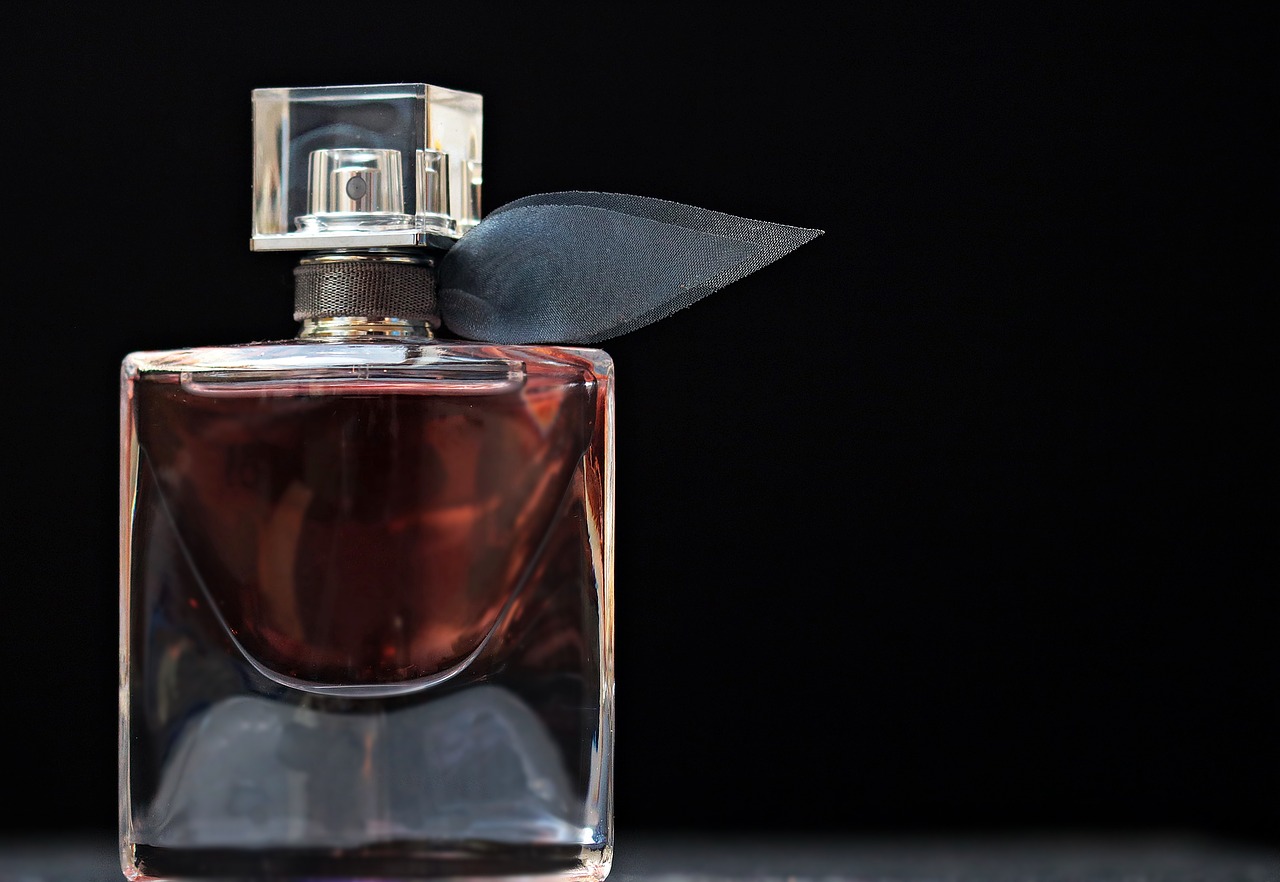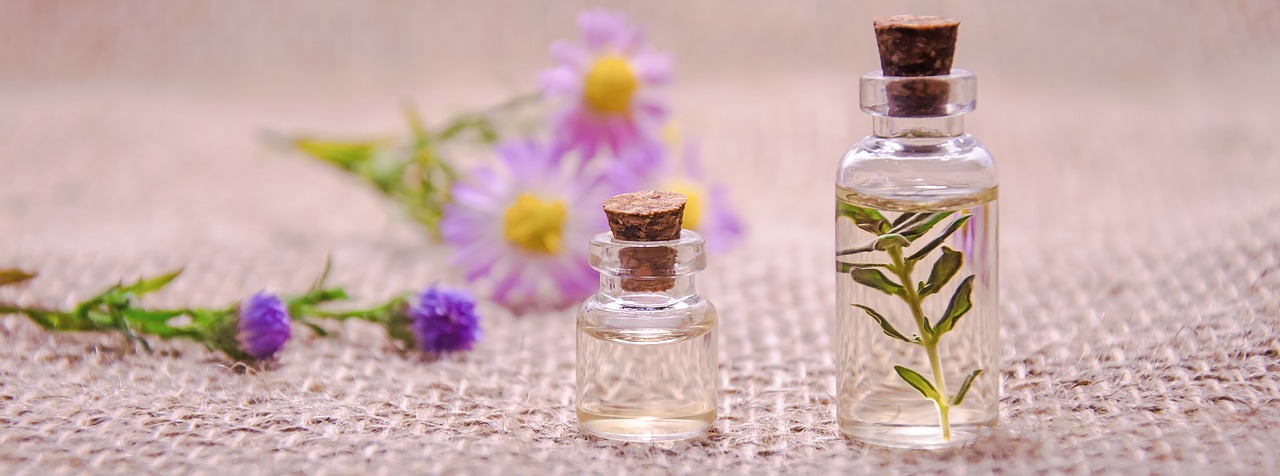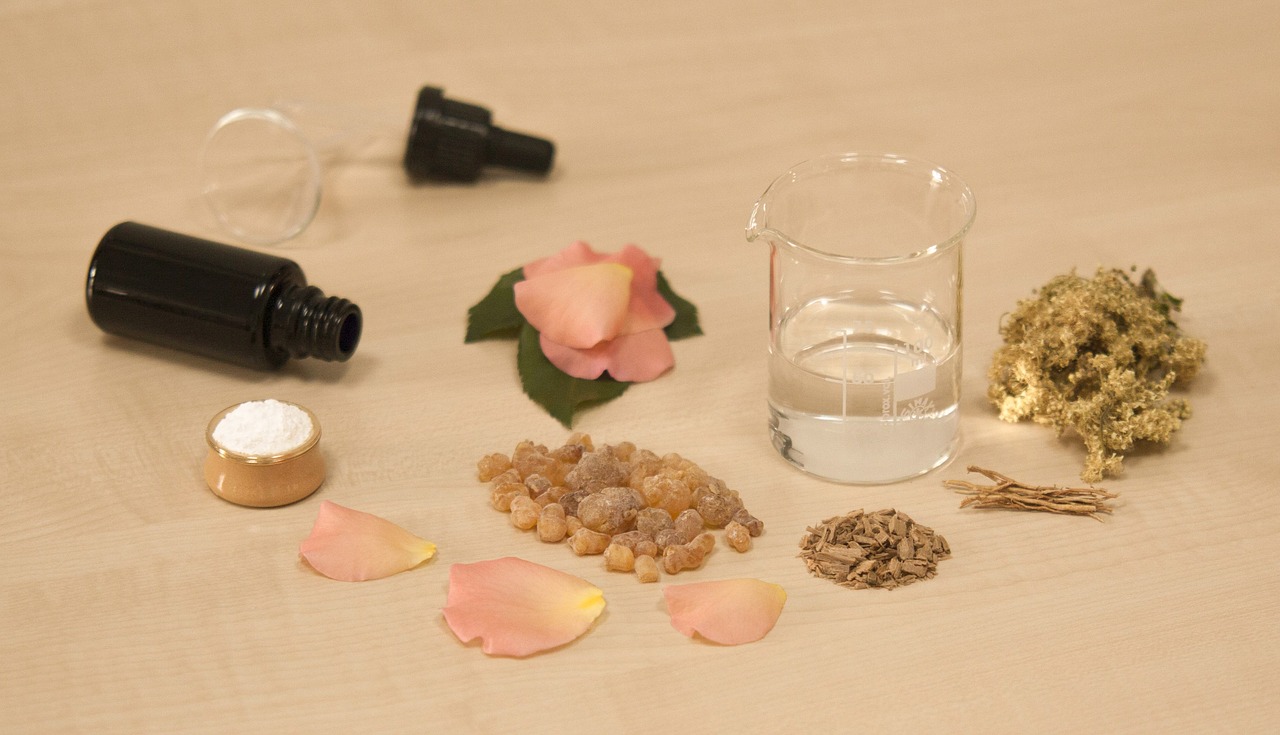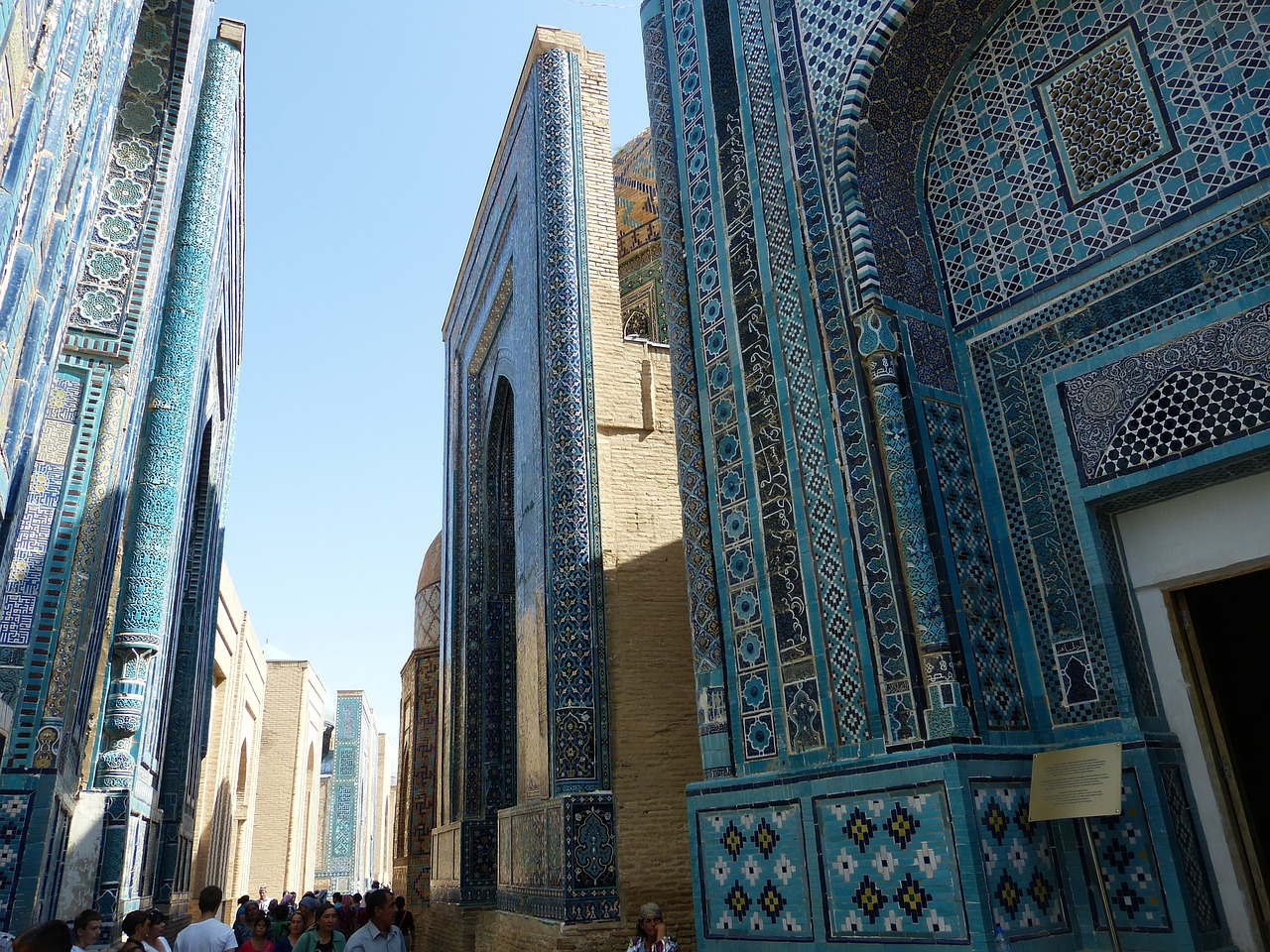If you’re a perfume lover, you’re probably used to spritzing on your favorite scent every morning without a second thought. But have you ever stopped to wonder how the fragrance you love got into the bottle you’re holding?
The art of perfume-making has been around for thousands of years, and while manufacturing methods and technologies may have grown more sophisticated, the basic process has changed very little over time. There are four key steps involved in manufacturing perfume:
-
Gathering the ingredients.
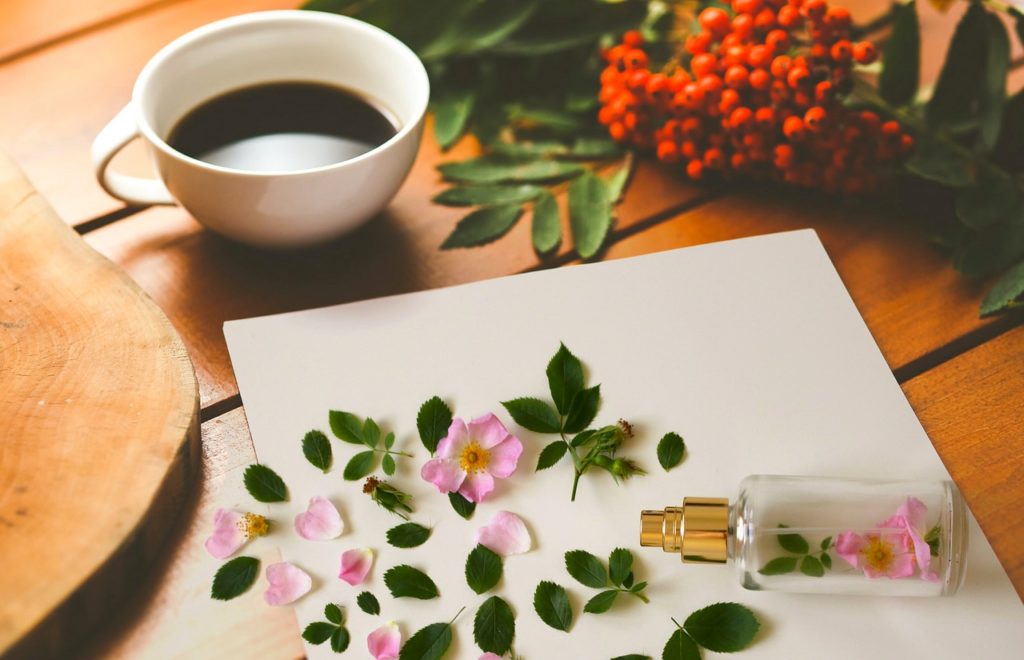
The first step in the process of making perfume is the collection of the different raw ingredients that will be used to create the fragrances. Flowers are usually the most important ingredient, as it is very difficult to make a unique scent without some form of floral essence. Flowers commonly used for their beautiful fragrances include rose, jasmine, and lavender. Interestingly, flower essences can vary depending on the climate, the soil, and other factors, meaning that the scent of a perfume could change slightly depending on where the flowers were grown and what sort of year it was (this is the same concept as the idea of “terroir” in winemaking, which results in the same wine tasting slightly different every year depending on the harvest and other regional factors affecting the grapes).
It’s also interesting to note that some perfume houses that make large quantities of perfume every year actually have their own flower fields to ensure that they always have enough raw ingredients to manufacture their perfumes. Boutique brands, on the other hand, rely on sustainably sourced ingredients from around the world.
In addition to flowers, other natural ingredients used to make perfume include grasses, spices, wood, roots, fruit, leaves, resins, gums, and certain animal products like musk and ambergris.
-
Extracting the oils.
The flowers, plant material, and other ingredients described above all contain essential oils, and it is these, rather than the whole flower or plant, that are used to make perfume. The next step in perfume manufacture, therefore, is to separate the essential oils from the raw materials through a process known as extraction. A number of different extraction methods can be used depending on the ingredient (not all extraction methods are equally effective for all ingredients).
The simplest extraction method is called expression, which essentially involves squeezing the plants until they release, or express, their oil. Steam distillation, in which plant parts are boiled and the vapor they release distilled to skim off the oil, is another relatively straightforward method.
One of the oldest and perhaps most curious methods is enfleurage. In this method, the fragrant oils are captured by odorless fats or greases that are solid at room temperature. Petals or whole flowers are placed on the fat and diffuse their scent into it, and the fat is later washed in ethyl alcohol to draw out the fragrant molecules. While this method is more inefficient and costly than many others, for a long time it was the only way to extract very delicate oils like jasmine that would be damaged by other extraction methods.
-
Blending the oils.
 The next step
in the perfume-making process is the most mysterious: blending the oils to
create a new scent. Expert perfume-makers, known as “noses,” do extensive
testing and mixing to create fragrances, and it can take many years and
hundreds of ingredients before they hit on the right combination. When the
desired combination, or “formula,” has been achieved, freshly extracted oils
are blended according to that formula in order to replicate the fragrance.
Once the oils have been blended, they are diluted by the addition of
alcohol, and the quantity of alcohol added determines how the liquid will be
classified. Fragrances that contain up to 10 percent essential oils (with
the rest of the volume made up by alcohol) are classified as cologne;
fragrances with up to 15 percent essential oils are classified as eau de
toilette; and fragrances with up to 40 percent are classified as eau de
parfum or perfume.
The next step
in the perfume-making process is the most mysterious: blending the oils to
create a new scent. Expert perfume-makers, known as “noses,” do extensive
testing and mixing to create fragrances, and it can take many years and
hundreds of ingredients before they hit on the right combination. When the
desired combination, or “formula,” has been achieved, freshly extracted oils
are blended according to that formula in order to replicate the fragrance.
Once the oils have been blended, they are diluted by the addition of
alcohol, and the quantity of alcohol added determines how the liquid will be
classified. Fragrances that contain up to 10 percent essential oils (with
the rest of the volume made up by alcohol) are classified as cologne;
fragrances with up to 15 percent essential oils are classified as eau de
toilette; and fragrances with up to 40 percent are classified as eau de
parfum or perfume.
-
Aging the perfume.
Did you know that perfume goes through an aging process once the extracted essential oils have been blended and mixed with alcohol? In the aging process, which can last between several months and a year, the perfume is stored in a cool, dark area—this allows the alcohol and the oils in the perfume to bind together more fully. Once a perfume has been sufficiently aged, it will be tested again to make sure that its scent is correct (after aging, the scent should be stronger than it was when the oils were first blended and mixed). If any additional blending or adjustments are required, they are made at this point, ensuring that the perfume that ends up in your bottle is exactly the scent it should be.
